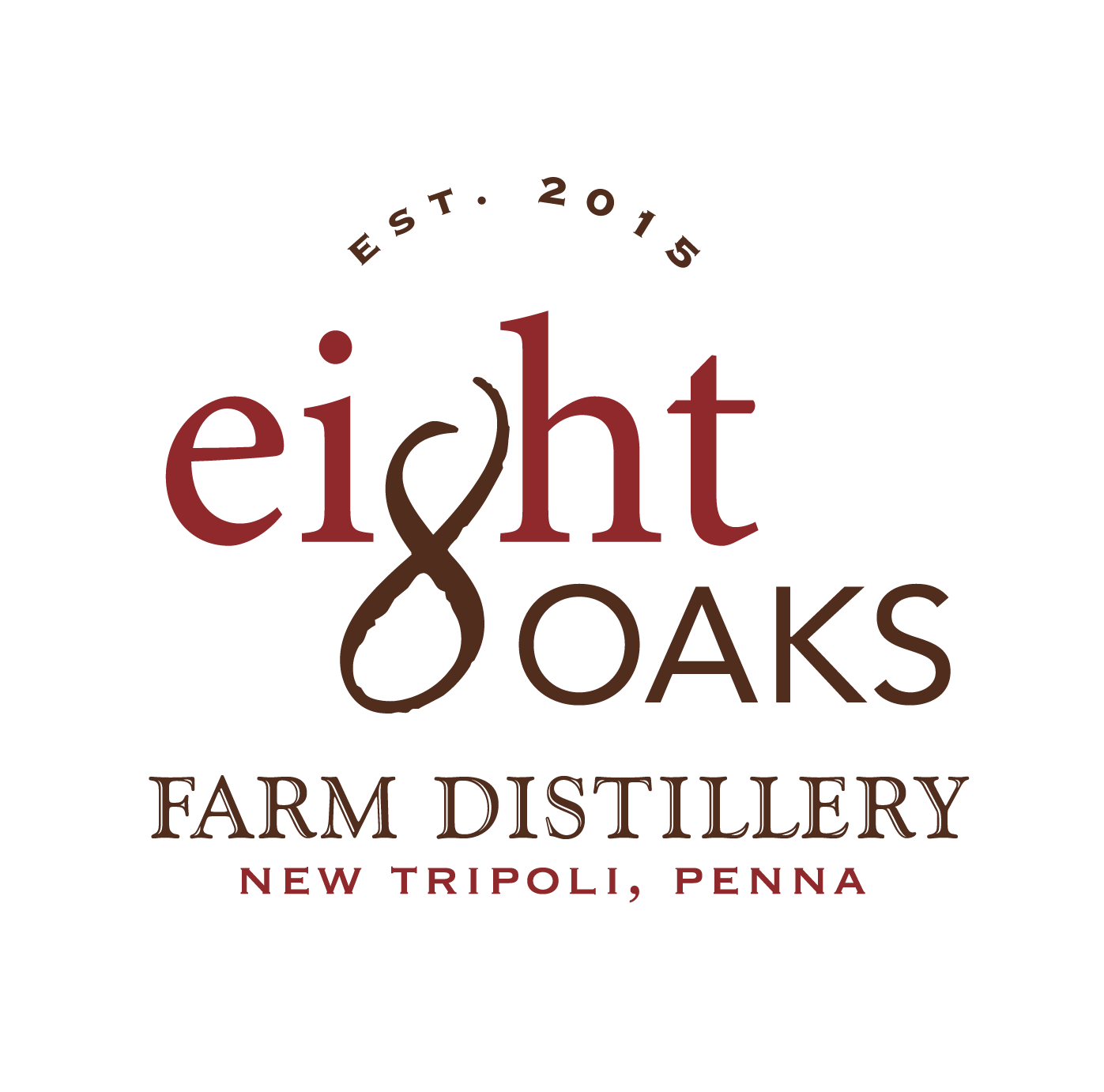Exploring Diverse Planting Methods: Cultivating the Future of Crops
In the realm of crop cultivation, the journey from seed to harvest begins with the crucial step of planting. The choice of planting method not only influences crop yield but also plays a significant role in shaping the flavors and characteristics of the final harvested product. This article looks at the various planting methods farmers adopt and highlights their impact on the quality and uniqueness of crops.
Conventional Tillage
The classic approach to farming, traditional row cropping involves using plows and discs to break up the soil to create a seed bed to plant crops in neat, organized rows. While this method loosens up the soil and allows for efficient planting of cash crops, it also breaks up the living soil which destroys an important ecosystem living just below the surface and creates conditions for erosion and the inability of the land to effectively retain water.
No-Till Farming
To reduce soil erosion and enhance soil health, farmers are increasingly adopting no-till farming methods. This approach avoids disturbing the soil through traditional plowing, maintaining the integrity of the earth and preserving valuable nutrients. No-till farming not only benefits the environment, but also supports the growth of crops like wheat, rye, and other grains used in distillery production.
Nurse Crops
Farmers with an eye for sustainability and biodiversity often turn to nurse cropping. This method involves planting different crops close, to enhance growth, control weeds, and deter pests. For instance, planting barley alongside nitrogen-fixing legumes can enrich the soil and promote healthier crop development. Farmers embracing companion planting contribute to the overall health of their farms while fostering a harmonious relationship between different plant varieties.
Cover Crops
Cover cropping involves planting specific crops during the off-season to cover the soil. These cover crops help prevent soil erosion, suppress weeds, and add valuable organic matter to the soil. Farmers often choose cover crops like clover, rye, or legumes to enrich the soil and prepare it for the next planting season, ensuring a fertile foundation for their crops.
Organic and Biodynamic Farming
With a growing emphasis on sustainability and natural practices, some farmers opt for organic or biodynamic farming. Organic farming avoids synthetic pesticides and fertilizers, relying on natural methods to nurture the crops. Biodynamic farming takes it a step further, incorporating lunar cycles and cosmic influences into the planting calendar. Farmers embracing these methods prioritize the health of the soil, crops, and the overall ecosystem.
As farmers navigate the intricate world of planting methods, they find themselves at the crossroads of tradition and innovation. The chosen method becomes an integral part of the narrative, influencing the terroir—the environmental factors that shape the crops' characteristics. With each planting decision, farmers craft a roadmap to the future, steering the course of their crops toward new horizons of flavor, sustainability, and distinction. The art of planting becomes an essential chapter in the story of agriculture, connecting the earth to the table in a journey of taste and tradition.
Cheers!
We don’t just make whiskey, we make a difference.
Tell us what you want to see in future blog posts. You can do that by sending your feedback to Josh at jvandenberg@eightoaksdistillery.com.
We’ll work as many questions into future posts as we can, and for those topics selected, we’ll make sure to send you a fun prize pack.

